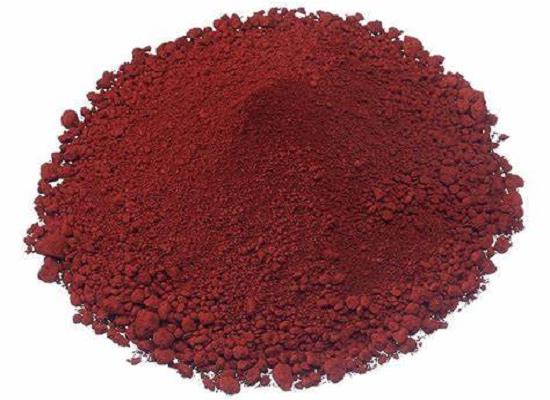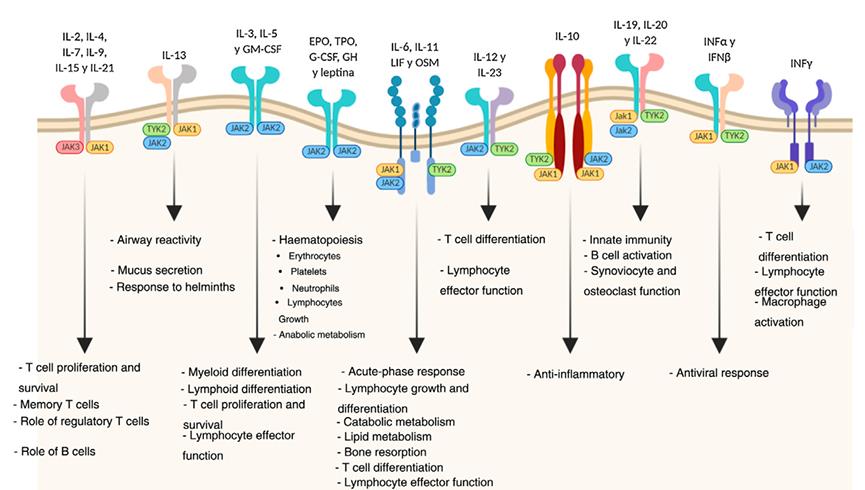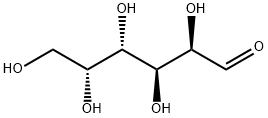D-Galactose: Versatile Sources, Applications, and Considerations for Toxicity
Dec 29,2023
General Description
D-Galactose can be obtained from dairy waste, terrestrial plants, and macroalgae. It has applications in the production of value-added food ingredients, where dairy waste is a suitable source. Terrestrial plants and macroalgae with high galactose content are utilized in various applications due to economic considerations. Macroalgae, particularly red algae, are a cost-effective resource for D-galactose production in biofuel fermentation. However, galactose can be highly toxic when the normal galactose metabolism pathway is disrupted or when galactose levels are excessive. The toxicity of galactose is observed when the Leloir pathway of galactose metabolism is perturbed. Further research is required to understand the molecular mechanisms of galactose toxicity. In summary, D-galactose has versatile applications, but its toxicity should be considered in metabolic disorders and excessive intake.
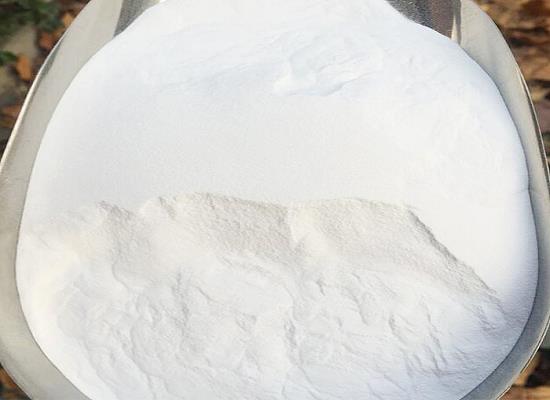
Figure 1. D-Galactose
Natural sources
D-Galactose, a type of sugar, can be obtained from various natural sources. In terms of dairy waste, it is present in the form of lactose, which is composed of both D-glucose and D-galactose. With lactose hydrolysis, D-galactose can be easily separated and purified from the lactose hydrolysate. Terrestrial plants, including pectin-rich dicotyledonous plants, serve as another natural source of galactose. These plants contain galactans, which are composed of a β-(1 → 4)-linked backbone of galactopyranoses. For instance, a monosaccharide composition analysis of potato pulp shows that galactose accounts for a significant portion (70.0–79.9%) of the galactans present. Similarly, the peel of the "jaboticaba" fruit is rich in galactose (67.21%) in the form of a heteropolysaccharide. Some fungi, like Ganoderma lucidum, have also been found to contain galactan-containing polysaccharides. Macroalgae, such as red algae, are significant natural sources of D-galactose. Red algae, including the genera Kappaphycus, Gelidium, Gracilaria, Gigartina, and Eucheuma, are particularly rich in agar and carrageenan, which are galactan-containing compounds. These red macroalgae can contain up to 70% galactans in their dry matter. In conclusion, D-galactose can be obtained from various natural sources, including dairy waste, terrestrial plants such as dicotyledonous plants and fungi, as well as macroalgae, especially red algae. These abundant sources offer renewable bioresources for the production of D-galactose. 1
Applications
D-Galactose has various applications due to its unique properties and potential benefits in different industries. One notable application of D-galactose is in the production of value-added food ingredients. Dairy waste, which contains significant amounts of D-galactose, can be efficiently converted into purified D-galactose through enzymatic hydrolysis. This process ensures that harmful ingredients are not generated, making it a safe and sustainable source of D-galactose. However, the availability of dairy waste is limited by dairy marketing requirements. Hence, it is more suitable for the enzymatic production of purified value-added food ingredients rather than large-scale extraction. On the other hand, terrestrial plants and macroalgae rich in galactose offer complex sugar compositions. Purifying D-galactose from these sources is more challenging and expensive, making them less suitable for large-scale commercial application. Instead, galactose-rich bioresources from terrestrial plants and macroalgae are often utilized as a whole in various applications due to economic considerations. Furthermore, macroalgae, in particular, are considered a more economical resource for the production of D-galactose for biofuel fermentation. The abundance and relatively low cost of macroalgae make them a favorable choice in this context. In summary, D-galactose finds applications in the production of value-added food ingredients, where dairy waste is a suitable source. Terrestrial plants and macroalgae, while complex and costly to purify, can be utilized in their entirety. Additionally, macroalgae offer an economical resource for D-galactose production in biofuel fermentation. 2
Considerations for Toxicity
D-Galactose, a monosaccharide commonly found in milk and many non-dairy foodstuffs, can become highly toxic to humans and animals under certain conditions. The toxicity of galactose is observed when the highly conserved Leloir pathway of galactose metabolism is disrupted. This can occur due to congenital deficiencies in the three enzymes associated with this pathway or when there is an overwhelming presence of galactose. The toxic effects of galactose have been observed in various studies. In animal experiments, rats fed a diet containing 55% galactose demonstrated teratogenicity, while mice exhibited changes in motor activity, decreased cellular immune response, liver alterations, brain degenerative changes, and enzyme effects. Galactose has also been found to cause inflammation, affect lipid metabolism and transport, impact renal function, and cause irritation. Despite the extensive research conducted over several decades, the molecular mechanisms underlying galactose toxicity in humans and animals remain poorly understood. However, this ongoing research has contributed to an improved understanding of galactose metabolism disorders and hypergalactosemia, as well as advancements in the clinical management and therapies for these conditions. In summary, galactose can be highly toxic when the normal galactose metabolism pathway is disrupted or when galactose levels become excessive. Further research is needed to elucidate the underlying molecular mechanisms of galactose toxicity and improve the management of galactose metabolism disorders. 3
Reference
1. Khodaei N, Fernandez B, Fliss I, Karboune S. Digestibility and prebiotic properties of potato rhamnogalacturonan I polysaccharide and its galactose-rich oligosaccharides/oligomers. Carbohydr Polym, 2016, 136:1074–1084.
2. Soleymani M, Rosentrater K. Techno-economic analysis of biofuel production from macroalgae (seaweed). Bioengineering, 2017, 4(4):92.
3. Lai K, Elsas LJ, Wierenga KJ. Galactose toxicity in animals. IUBMB Life. 2009 Nov;61(11):1063-1074.
- Related articles
- Related Qustion
- D-Galactose: applications in aging model Sep 15, 2023
D-galactose can cause oxidative stress, inflammation, and cognitive impairment, contributing to aging and age-related diseases.
- What is the function of D-galactose? Sep 10, 2021
D-galactopyranose is a galactopyranose having D-configuration. It has a role as an Escherichia coli metabolite and a mouse metabolite. It is a D-galactose and a galactopyranose.
- What is D-Galactose? Aug 6, 2021
D-Galactose is an aldohexose that occurs naturally in the D-form in lactose, cerebrosides, gangliosides, and mucoproteins. D-Galactose is an energy-providing nutrient and also a necessary basic substrate for the biosynthesis of many macromo
Iron oxide nanoparticles are promising for cancer treatment via photothermal therapy due to their unique properties, biocompatibility, and ease of modification.....
Dec 29,2023APITofacitinib, a JAK inhibitor, treats rheumatoid arthritis, psoriatic arthritis, and ulcerative colitis by modulating immune signaling pathways.....
Dec 29,2023DrugsD-Galactose
59-23-4You may like
- D-Galactose
-
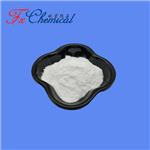
- $0.00 / 1kg
- 2025-06-04
- CAS:59-23-4
- Min. Order: 1kg
- Purity: 99%
- Supply Ability: 5000kg
- D-Galactose
-
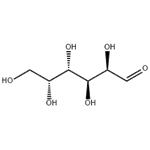
- 2025-06-04
- CAS:59-23-4
- Min. Order:
- Purity: 0.99
- Supply Ability:
- D-Galactose
-

- $1.00 / 1kg
- 2025-05-30
- CAS:59-23-4
- Min. Order: 1kg
- Purity: 99%
- Supply Ability: 10 mt




